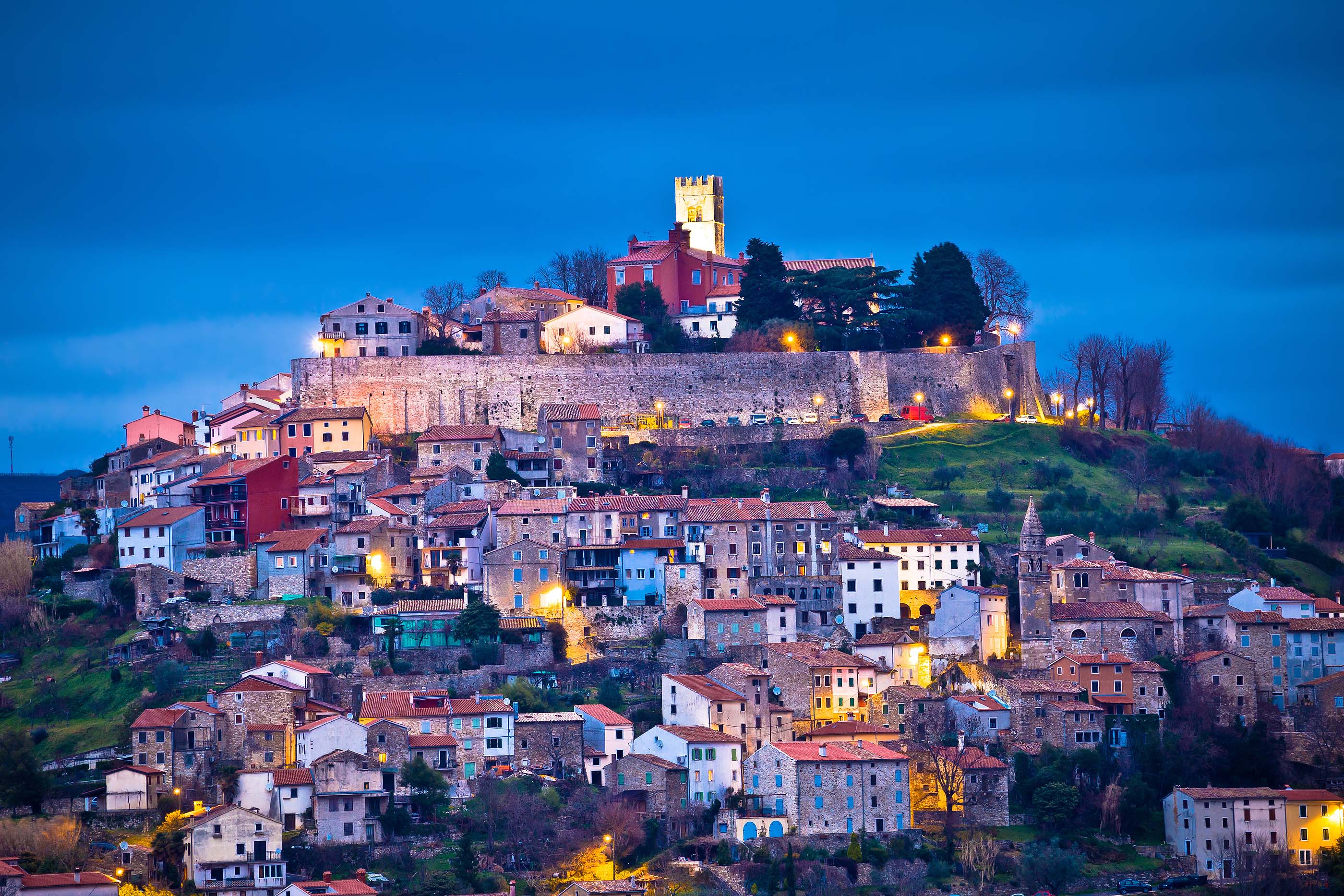Temperature in Croatia in November

Introduction
Croatia, with its stunning landscapes and rich cultural heritage, is a captivating travel destination. Understanding the weather in November is crucial for travelers planning to explore this beautiful country during the off-peak season.
Average Temperatures
In November, Croatia experiences a noticeable drop in temperatures compared to October. Coastal areas, such as Dubrovnik and Split, have average daytime temperatures ranging from 12-16°C (54-61°F). Inland areas like Zagreb and Plitvice Lakes are cooler, with temperatures between 5-10°C (41-50°F). In the highlands, such as Gorski Kotar and Velebit, temperatures can drop further, often hovering around 0-5°C (32-41°F). This month is generally cooler than October and slightly warmer than the chilly December.
Regional Differences
Coastal Areas
Coastal regions like Dubrovnik and Split enjoy milder weather in November. Daytime temperatures are pleasant, but evenings can be chilly. It's an excellent time to enjoy the scenic Adriatic coast without the summer crowds.
Inland Areas
Inland areas, including Zagreb and Plitvice Lakes, experience cooler temperatures. This is a great time to visit if you prefer fewer tourists and don't mind bundling up a bit. The autumn colors in these areas can be spectacular.
Highlands
The highlands, such as Gorski Kotar and Velebit, can be quite cold in November. This region may see the first snowfall of the season, offering a different kind of beauty and a chance for winter sports enthusiasts to enjoy early snow activities.
Weather Conditions
November in Croatia brings a mix of weather conditions. Coastal areas may experience more rainy days, while inland and highland regions can see a combination of sunny, cloudy, and occasionally snowy days. On average, there are about 10-12 rainy days in coastal areas, while inland regions might have fewer. Snowfall is more common in the highlands as the month progresses.
Benefits of Visiting Croatia in November
Visiting Croatia in November comes with several advantages. The tourist crowds have significantly decreased, providing a more peaceful and authentic experience. Seasonal activities, such as truffle hunting in Istria and early winter sports in the highlands, become available. Additionally, travel and accommodation costs are lower compared to the peak tourist season.
Tips for Travelers
When visiting Croatia in November, it's essential to pack versatile clothing. Layering is key to staying comfortable, as temperatures can vary throughout the day and across different regions. Waterproof jackets and sturdy walking shoes are recommended, especially for exploring coastal and inland areas. Must-visit places include Dubrovnik's historic Old Town, Zagreb's vibrant streets, and the stunning Plitvice Lakes. Be prepared for changing weather conditions and plan activities accordingly.
Conclusion
In summary, November is an excellent time to visit Croatia. The mild weather, fewer tourists, and unique seasonal activities make it an appealing destination for those seeking a quieter and more authentic experience.